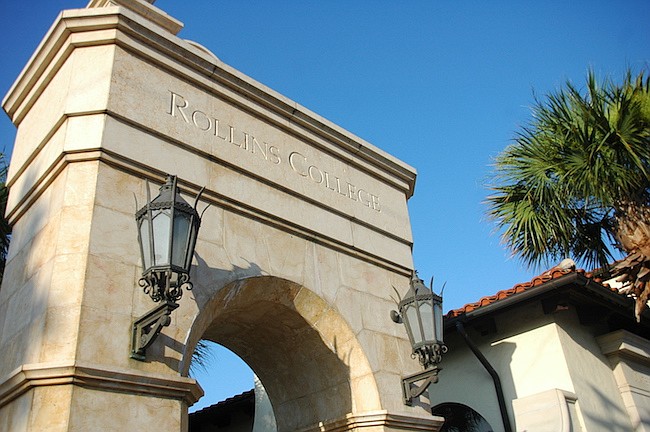- April 18, 2024
-
-
Loading

Loading

“What are the questions that you want to ask in this class? In what way are we going to explore those questions? How will this exploration, this pursuit of answers, add to your preparation to address your community’s greatest needs?”
These are the questions and conversations I have with students on the first day of class, regardless of the subject I am teaching. From Introduction to Women’s Studies to Understanding Race and Racism, and from Higher Education Business Management for graduate students, to the seminar for first-year students I taught on, “How to Find your Patronus at Hogwarts,” I encourage my students to think about the questions they want to ask in our class. That’s because I hope the most meaningful outcome in any of my classes, regardless of discipline, is that students learn how to think.
The quality, breadth and depth of the questions we ask, after all, have a clear impact on the quality, breadth and depth of the answers we seek. No matter the topic, all of my students in all of my classes are challenged to think critically about the content of the course, and how that content influences their understanding of themselves and others.
Nationally, there is a narrative about the return on investment in a liberal arts education that is grounded in an important question, but an incomplete one, about the role of higher education in our society. Among concerned parents, I hear questions like, “What can you do with a degree in English?” Or, “Why should we send our student to your institution to study business, when they can go to a large university and earn the same credentials at a much cheaper cost?”
In his book, “In Defense of a Liberal Education,” Fareed Zakaria points out three major strengths of a liberal arts education: that it teaches you how to write, how to speak, and how to think critically. A study from Hart Research Associates revealed that employers sought the following skills from college graduates: critical thinking and analytical reasoning skills, effective oral and written communication, and the ability to apply knowledge and skills to real-world settings. A liberal arts education prepares students for life beyond their first job, with skills that transcend tailored job training, and focus more on a critical thinking mindset grounded in innovation and problem-solving.
The national conversation about employability has distracted us from the bigger question, “How do we cultivate a healthy and flourishing citizenry?” This question considers employment, but also reminds us that higher education should contribute to an empowered, educated, and informed society. At liberal arts institutions like Rollins College, where our mission is to educate students for global citizenship and responsible leadership, we not only consider the skills that our students need for their first job, and their sixth job, but also the skills they need to contribute to a thriving community beyond their employment, and as civically engaged citizens of a shared community.
A liberal arts education sustains our commitment to a healthy, engaged, democratic society. When I look at the issues facing our world and community today, from gender-based violence to global warming, and from campus and community activism to the current political landscape in our country, I cannot think of a more necessary model of education for our society right now. To assume that the role of higher education is only about developing skills for job preparation implies that the general health and flourishing of a society is solely grounded in employment. A liberal arts education equips students to think critically about issues, to be lifelong learners who know how to find or develop answers to the unanswered questions, and to transcend one’s academic major to do so. There are societal needs and problems that did not exist five years ago that require solutions today, and there are jobs that exist today that we would not have even imagined just five years ago. A liberal arts education prepares students to thrive, with purpose, in this unimagined world.
“Why would I send my child to study at a liberal arts institution?” Let’s consider the proverb, “Give a man a fish and you feed him for a day. Teach a man to fish and you feed him for a lifetime.” While this may seem empowering, and entrepreneurial, this proverb is in fact, incomplete. With a liberal arts education, we not only teach our students to fish, but to consider the ecosystem of the fish that is affected by a lifetime of fish consumption, how the fish reproduces, the water quality of its environment, and our responsibility to critically investigate and examine these factors, and beyond. This is the gift and distinction of a liberal arts education that cannot be replicated in a read-recite-regurgitate model of education. We ask our students to organize their learning around a broader set of questions so that they might contribute to developing a broader set of solutions for the world they will inherit.
“So what can you do with an English degree (or any degree) from a liberal arts institution?” The long answer? Perhaps you run a political campaign, manage social media for an organization, or become a blogger. Maybe you become a doctor, work for an NGO, or start your own company. You might teach, manage a team of consultants, or become a performance artist. The short answer? Almost anything.